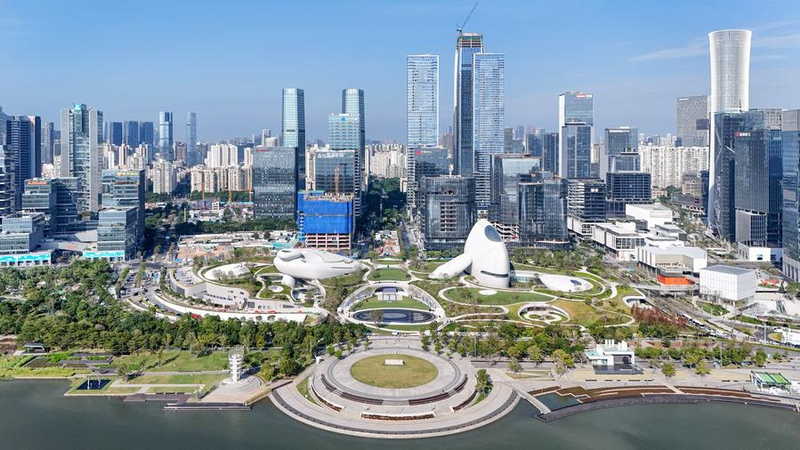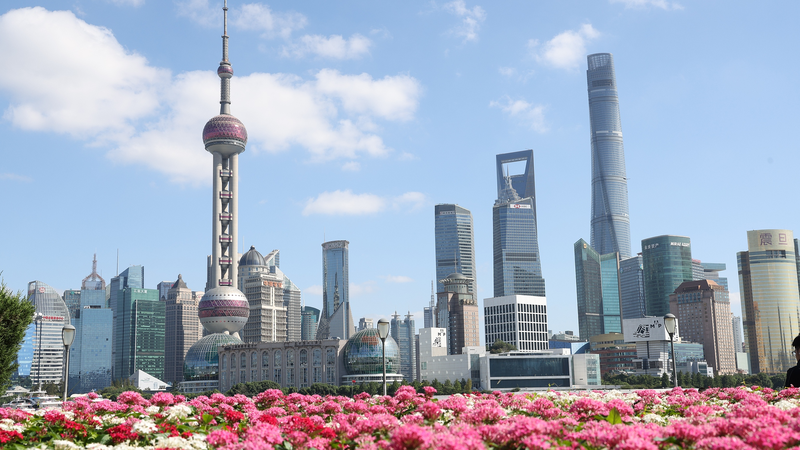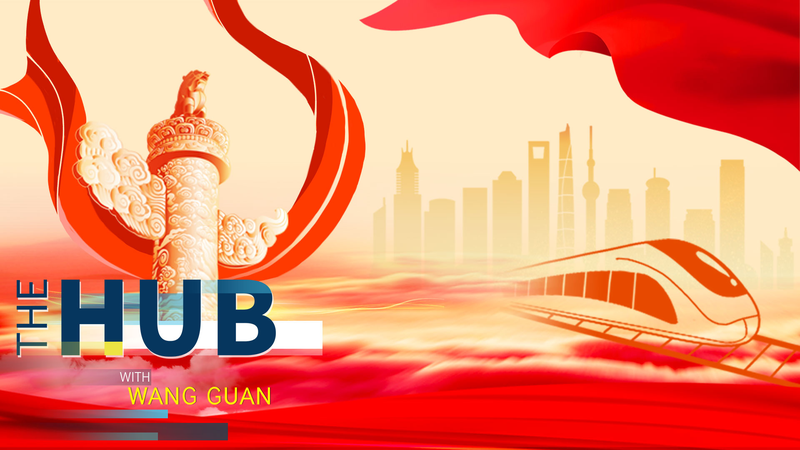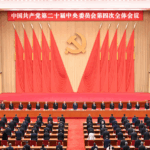China’s modernization strategy has evolved into a multidimensional vision intertwining economic ambition with societal transformation. The concept, formally articulated in the 20th National Congress of the Communist Party of China (CPC) report, redefines development as a "long civilizational journey" prioritizing technological self-reliance, environmental stewardship, and human welfare.
Since 2012, China’s GDP has surged from 54 trillion yuan ($7.57 trillion) to 134.9 trillion yuan, contributing approximately 30% of global economic growth. This expansion is fueled by breakthroughs in artificial intelligence, renewable energy, and advanced manufacturing – sectors now central to the 15th Five-Year Plan adopted at October 2025’s pivotal CPC Central Committee plenary session.
The plan outlines three strategic pillars: high-quality growth through innovation, sustainable industrial ecosystems, and green energy transitions. Key targets include doubling R&D investment and establishing global leadership in semiconductors and aviation by 2030. Notably, it envisions AI integration across all productive sectors, creating a "smart industrial ecosystem" that could redefine global supply chains.
Beyond economic metrics, Chinese modernization emphasizes social renewal. CPC policymakers describe it as a "people-centered" process, combining material progress with enhanced quality of life. This approach positions China’s development model as both an economic strategy and a civilizational philosophy, balancing technological ambition with environmental and social considerations.
Reference(s):
Chinese modernization: From the Five-Year Plan to the human spirit
cgtn.com








